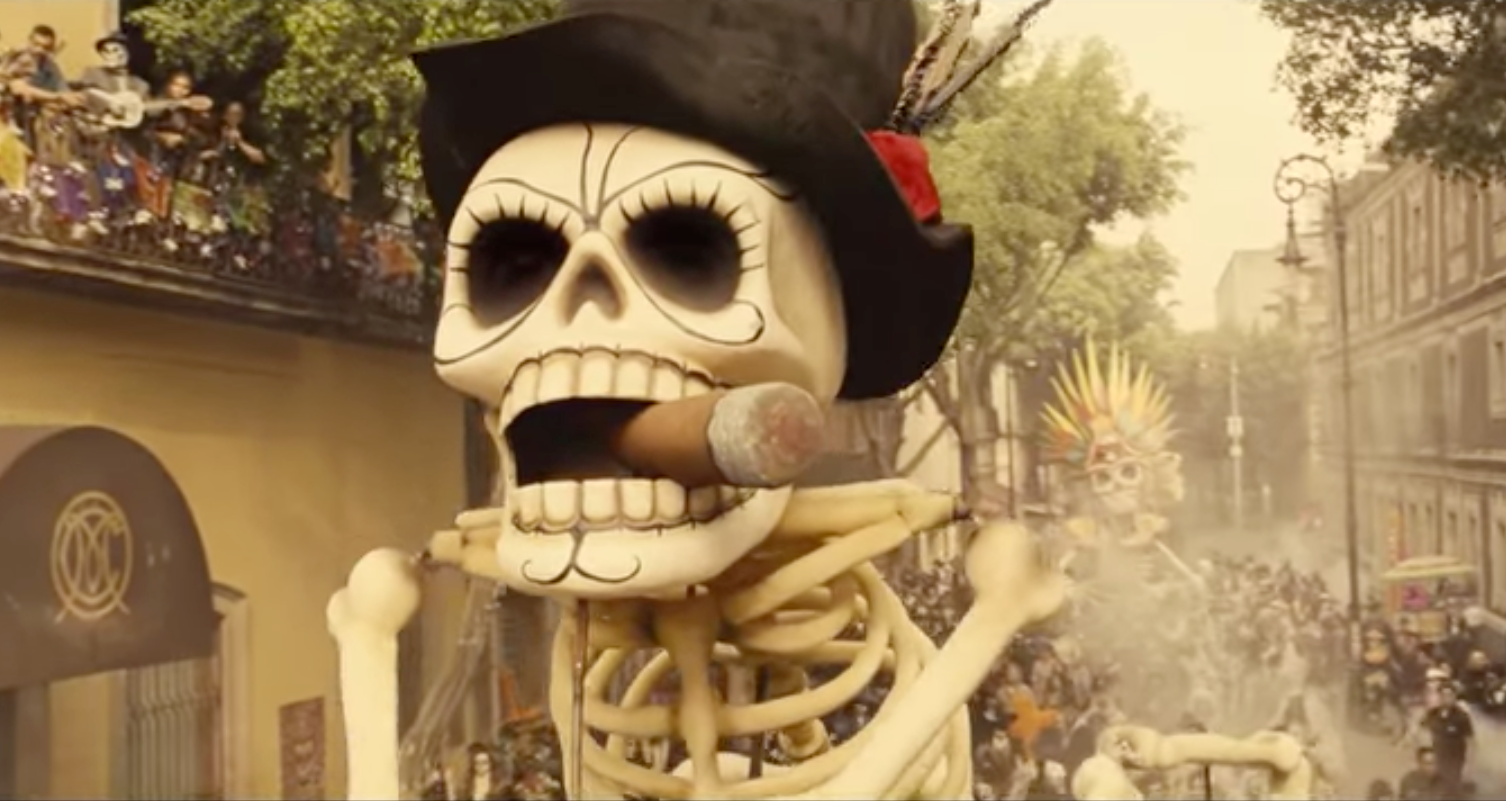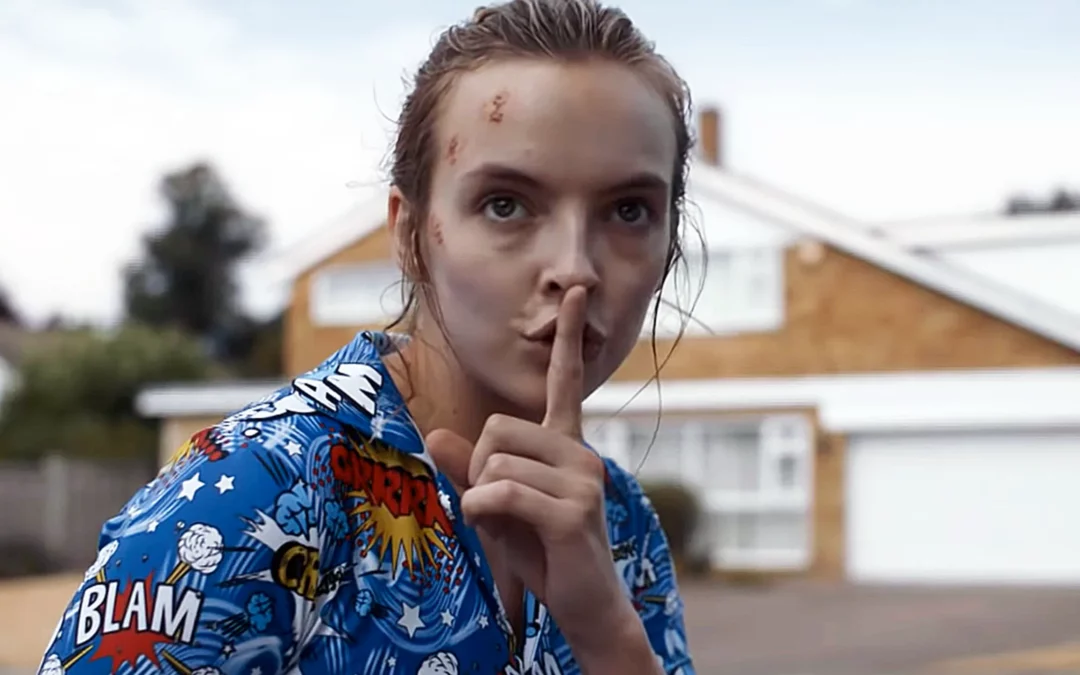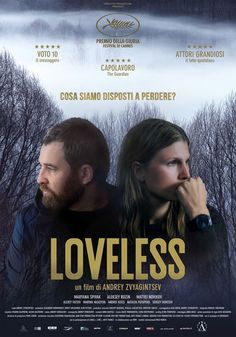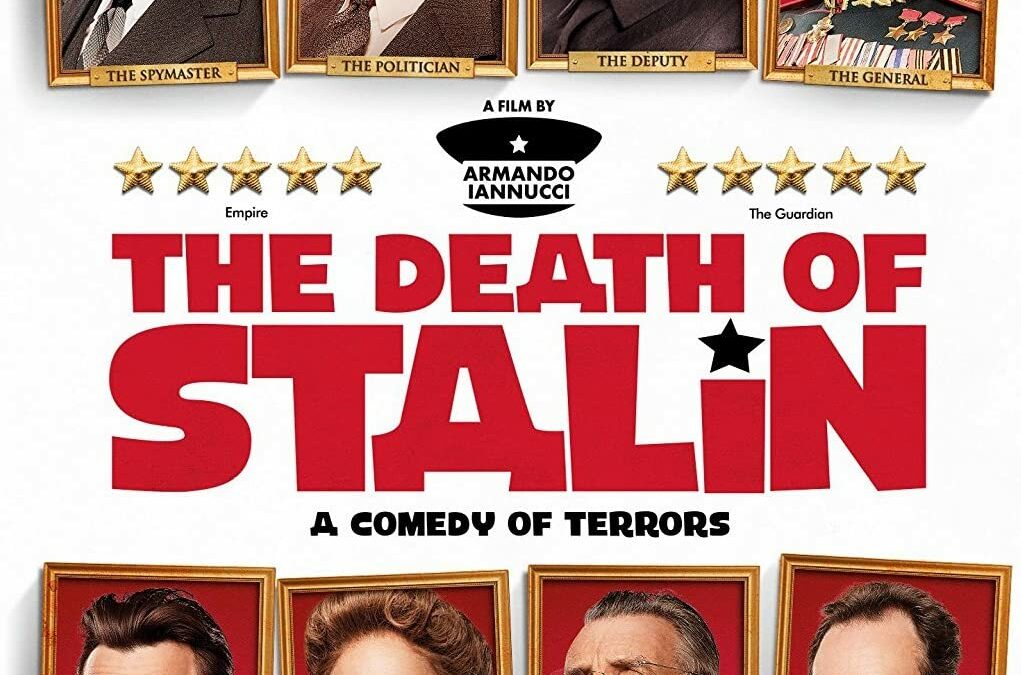2015, 148 minutes, dir. Sam Mendes
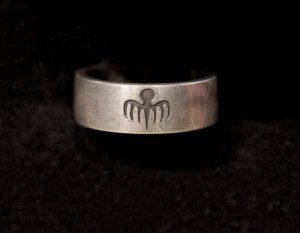
As a big fan of James Bond and a moderate fan of Daniel Craig, I was looking forward to this. Having seen it on big screen and small, I can confidently describe Spectre as a curate’s egg – good in parts, with the sum of its good parts considerably bigger than its whole.
The New Yorker’s film critic Anthony Lane has argued that the quality of a Bond film’s theme song is a decent indicator of the film that it introduces. If this is right, then Sam Smith’s ‘Writing’s on the Wall’ is promising. It shakes not stirs the right measures of popularism and portentousness, and follows on nicely as a male counterpart to Adele’s ballad ‘Skyfall’. But its lyrics are of at best tangential relevance. ‘A million shards of glass/ That haunt me from my past’ – is that meant to be a reference to the almighty great shard that is Bond’s adoptive brother, who turns out to be Ernst Stavro Blofeld? ‘If I risk it all/ Could you break my fall?’ inverts the final scene in which Bond breaks Madeleine Swann’s fall down a lift shaft, having risked it all to find her at the top of the MI6 building. Is the refrain ‘The writing’s on the wall’ asserting that the surveillance state is clearly going to dominate all our lives; we just need to read the obvious signs? Admittedly, few Bond song lyrics jive well with their film (‘Diamonds are Forever’ being an honourable exception); in Skyfall, the disjunction is as absurd as it is striking. But here, there is resonance in the very fact that both the lyrics and the film lack coherence.
But let us consider the egg’s good parts first.
In common with the other Daniel Craig Bond films, CGI is shunned, and real stunts, performed by Craig, are favoured. The pre-credit sequence in Mexico City hired and costumed fifteen hundred extras with the help of the local artists who make the costumes and makeup for the actual Day of the Dead celebrations. Whatever may be the spiritual superiority of the Day of the Dead over Halloween (that is, the invoking of loved ones as opposed to demons), I can think of no better setting for a Bond carnival sequence in terms of exuberance and menace.

Amongst such sequences there is of course strong competition – such as the New Orleans funeral in Live and Let Die (which blossoms into a party once the requisite corpse has been provided), and the carnival in Moonraker, in which Jaws appears as a giant doll. But the opening of Spectre matches these by presenting what the Mexicans do once a year anyway. The opening shot of a giant, grinning, cigar-smoking skeleton sums up – in its stylishness, witty menace, and cheerful acceptance of death – much of what Bond films are about.
Subsequent locations are up to this level: Rome (where the part of the Palazzo is gamely and convincingly played by Blenheim Palace), the Austrian Alps, and the desert (old-style Moroccan, not Quantum of Solace’s Bolivia, as befits the film’s retro-orientation). London makes honourable appearances, but Spectre does not have Skyfall’s patriotic concentration on the city. It is internationalist in feeling as well as subject matter; SPECTRE is, after all, aiming at world domination.
Skyfall had a rather laboured hang-up about Bond’s age. The point made in his encounter with the youthful Q in the National Gallery is that Bond will achieve what Q cannot (‘in his pyjamas’ or any otherhow), not only despite, but also because of his greater age. As I hoped that it would, Skyfall exorcised this theme; you cannot keep the same actor and keep up the theme of ageing, because it would have to grow ever more dominant. So Spectre dumps it entirely, and Craig looks healthier and stronger than in Skyfall, by some distance.
His main woman – Madeleine Swann played by Léa Seydoux – is collected, well-educated, and relatively credible. If the gender politics of Skyfall are disastrous (the fallible female M being replaced by an establishment male; Moneypenny, after making a mistake in the field, being put firmly back behind her desk; and the miserable moll Sévérine being shot soon after sex with Bond whilst he does nothing to save her) – those of Spectre take a step back towards those of Quantum of Solace, in which Bond doesn’t so much as snog his undistractable leading woman Camille. Like Melina in For Your Eyes Only, Swann is the daughter of a man hunted down by the villain’s organisation; but her information is more useful to Bond. At the film’s end, the statutory sex between her and Bond is transmuted into hand-holding and the suggestion of a future relationship.
As one has come to expect of the Craig-era Bond films, the politics otherwise are progressive. Spectre will become known as the pro-Snowden film (despite having no Snowden-figure), just as Tomorrow Never Dies is remembered as the anti-Murdoch film. Whereas in Quantum of Solace – in an extraordinary reversal of politics-as-usual – the CIA is the villain (or, at least, employs the villain to overthrow governments which it doesn’t like), in Spectre the British government is the villain, insofar as it has ceded power to ‘C’. C heads a new super-organisation which subsumes both MI5 and MI6, abolishes the double-0 department, and relies on the international sharing of surveillance information. It is, as C says, ‘the future’. Since H.M. Government cannot sufficiently fund this organisation, private finance steps in. That is – SPECTRE does. The spectre that haunts the film is therefore surveillance, and the involvement in it of democratically-unaccountable entities.
This time Bond is not, as in previous films such as The Living Daylights and Quantum of Solace, defying M. Rather, M and Bond are on the same side against a new tendency in politics which threatens their existence. Whereas in Skyfall this tendency was merely naïve, here it is sinister. Oddly, given that at the end of Skyfall MI6 moves from its current, real building in Pimlico to the Whitehall building frequented by Sean Connery, in Spectre the Pimlico building (now ruined) represents the old MI6 which is threatened by C. Q branch has moved to a secret location in order, unsuccessfully, to avoid surveillance. Moneypenny herself is bugged. At a crucial point in the film, M (dining in the reassuringly-retro and British restaurant Rules) decides no longer to help Bond, because to do so would be to lead C to him. In this paradoxical film, the spooks are against people knowing where people are, and have everything to lose from it. So do the civilians of Cape Town, who suffer a terrorist attack courtesy of SPECTRE, which frightens their government into signing up to the global network. The countdown against which Bond races at the end is not to the explosion of a bomb, but to the online launch of the network which will give Blofeld global dominance.
The film also retains the anti-harsh-tactics perspective of Skyfall. There the villain is created by the failure of MI6 to rescue from captivity one of its agents who is tortured by the Chinese. No matter that Bond goes through the same at the hands of the North Koreans for fourteen months at the beginning of Die Another Day; he is Bond-James-Bond, not your real human, who might conceivably turn to madness and/or revenge after such an experience. The film’s message is that torture isn’t a good thing, and there is no suggestion that da Silva is himself tortured once captured. Torture is – as more or less throughout the Bond franchise – what the villain’s people do to Bond, not what Bond or his allies do to anyone else.
Spectre is even more ostentatiously scrupulous. When Blofeld, having been miraculously downed from his helicopter by a pistol fired by Bond, is reduced to the crawling along a Thames bridge totally surrounded by police, M, and Bond, Bond refuses Blofeld’s plea to kill him. On the contrary, he throws his gun away, with the suggestion that he is jacking in his trade to settle down with Swann. He hands over to M, who declaims: ‘Under the Special Measures Act 2001, I am detaining you on behalf of Her Majesty’s Government’. Note the legalism, the conservatism, and the patriotism. Notwithstanding that 2001 marked the beginning of increasingly-repressive anti-terrorist legislation in this country, a fictional law of this date stands representative of the very rule of law itself. You don’t kill Bond villains, the film’s ending says – you arrest them, and you put them on trial.
These politics are, however, undermined by the film’s structural incoherencies. The worst example of this is the very element which is meant to tie everything together – SPECTRE. The very fact that most critics have dropped the organisation’s capitals is responsive to the fact that the acronym never gets expanded, as Dr No helpfully does at the end of the eponymous film, as the Special Executive for Counter-Terrorism, Revenge and Extortion. This organisation tried to profit from the enmity of the Cold War superpowers in order to dominate the world as neither of them could, in a sinister inversion of the Non-Aligned Movement. In the post-Cold War world, SPECTRE doesn’t have this role to play, and Blofeld is deprived of satiric motive. Rather, his motivation, like his character, remain unclear.
The weakness of SPECTRE’s role in this film is summed up by its symbol – a black octopus on a steel ring, as worn by its members. This looks like a classic piece of proto-merchandising, and, indeed, SPECTRE rings can be bought from the official 007 website for £145.99. At one point Q puts such a ring onto the touchpad of his laptop (whilst sitting in a cable car in the Tyrol), and watches his computer pull together the whole tentacular organisation into a flow chart which links all the villains of the previous Daniel Craig Bond films. This is a) technologically and politically implausible, and b) a copout. Whereas I can perfectly believe that Casino Royale’s Le Chiffre had an overlord (he’s the type), I refuse to believe that the Quantum of Solace’s plausible CIA-fixer Dominic Greene, and Skyfall’s internment-maddened Silva, are mere instruments of Christopher Waltz’s motiveless Blofeld. Amongst the best Bond films are those in which the villain is limited in ambition, and motivated by the kinds of things that actually motivate the world’s real doers-of-evil.
Asking us to believe that all the previous films are linked is to insult the intelligence of Bond viewers (about a quarter of the world’s population). Moreover, introducing Blofeld makes manifest the wierdness of setting prequels to all the previous movies in the present; one cannot look at Christopher Waltz’s Blofeld but remember Bond dumping John Hollis, in a wheelchair, down a very tall chimney at the beginning of For Your Eyes Only back in 1981. Insult is added to injury by making Blofeld Bond’s adoptive brother. Skyfall failed badly enough at trying to illuminate Bond’s character by returning to his ancestral home and reminding us that he is an orphan. This is a bad mistake further.
The result of all this is to undermine the seriousness of the anti-surveillance message. If only the film could have cut out Blofeld and had C as the enemy, the film would have been far more chilling. As it is, once we are in Blofeld territory we can relax, since we know that Blofeld doesn’t exist. This escapist aspect is apparent also in the numerous tributes made to previous Bond films in the film’s second half. This starts suddenly, on entry to the high Alps and a clinic which strongly recalls that of Blofeld in On Her Majesty’s Secret Service. It continues with an echo of the first conversation of Bond and Vesper Lynd in Casino Royale, in the sparring of Bond and Swann on their Moroccan train. Then the train fights between Bond and the villain’s henchmen of From Russia with Love (Red Grant), Live and Let Die (Tee-Hee) and The Spy Who Loved Me (Jaws) are reprised in Bond’s fight with this film’s disappointingly-bland beefcake (I never caught his name); on to the Quantum of Solace-style desert lair, Dr No-style provision of evening dress, and finally The Man with the Golden Gun’s Bond images as target practice, and The World is Not Enough’s boat chase on the Thames to conclude. (There are other influences too; I’d like to bet that Guy Ritchie’s 2015 The Man from U.N.C.L.E. – itself, in its 1960s version, responsive to Bond – found its way into the drunken girl scene and the torture scene; and that the abrupt reversals of Sherlock inflected the film’s final half hour).
This synoptic aspect found its way clunkily into the disappointing opening graphics (which are nearly always excellent in Bond films), which depart from the rule of impersonality by including stills from previous Craig Bond films – along with an absurd shot of a naked Craig looking like an underwear advert, and a confusion of flames, shards, skulls, smoke, and octopusses (without any acknowledgment of their title role in Octopussy). The fact that Andrew Scott plays C is itself unfortunate, since he is so much less sinister as C than as Moriarty.
So – Spectre has a good song, good stunts, great locations, a refreshingly-low body-count, and a heart altogether in the right place. It just lacks a fully-engaged brain. It has the sense, like many Bond films, of being made by committee rather than a single-minded director; even the screenplay had four authors. It tries to please the highly-political and the apolitical Bond-fan alike, and I suspect will have only mixed success with both. But it’s nice to see Craig looking so alive and well – as, ultimately, is the brand that he carries.
